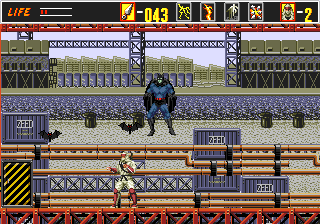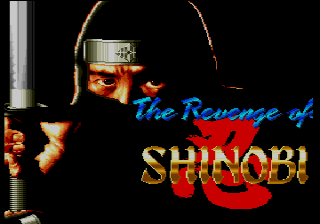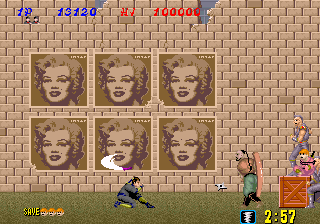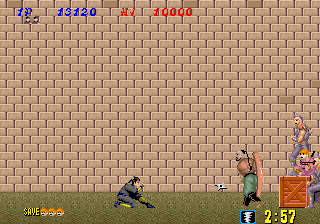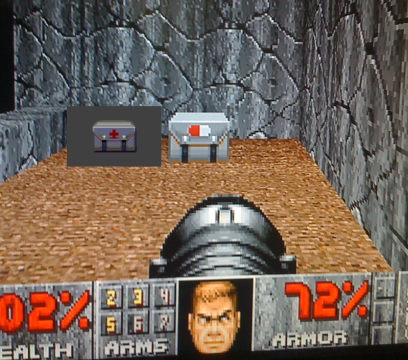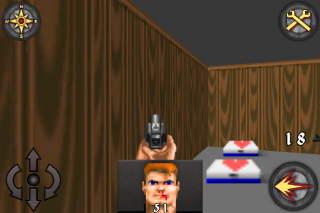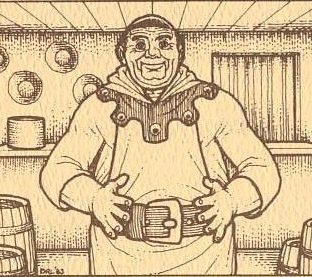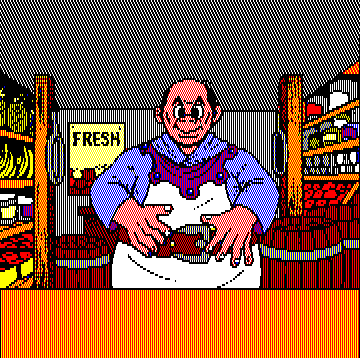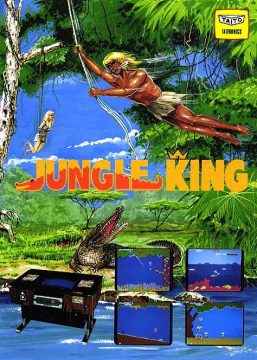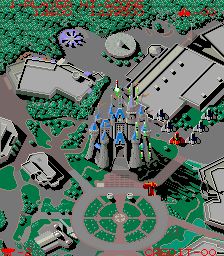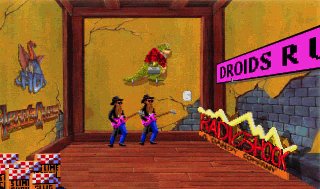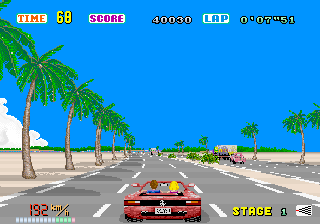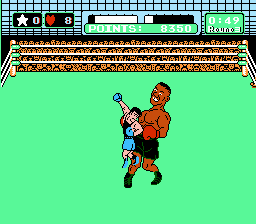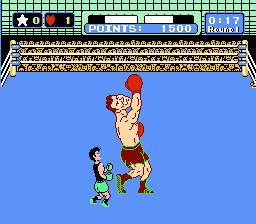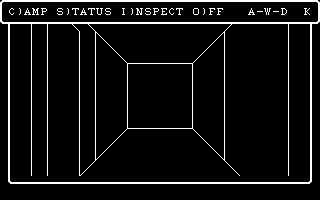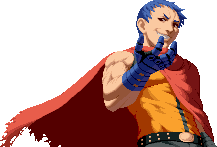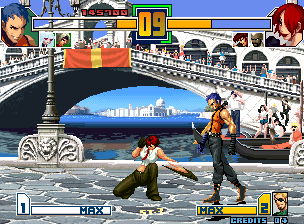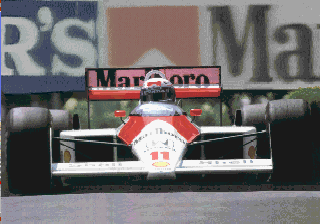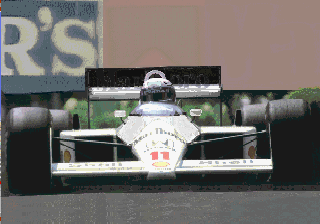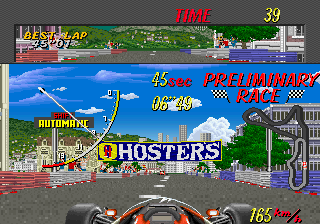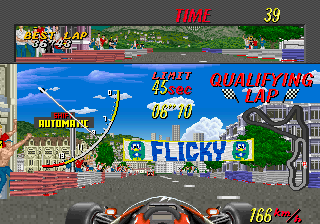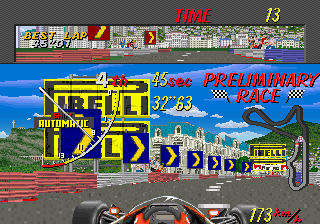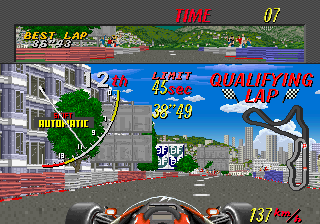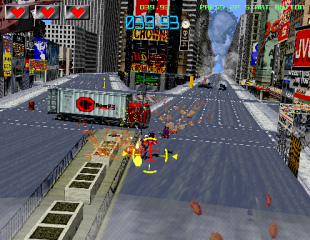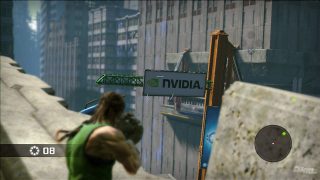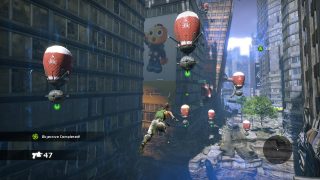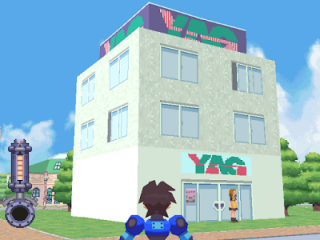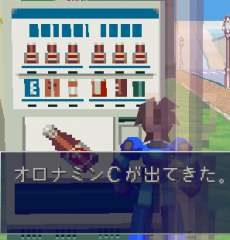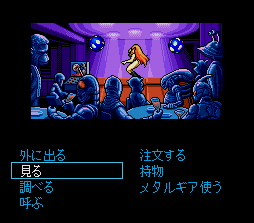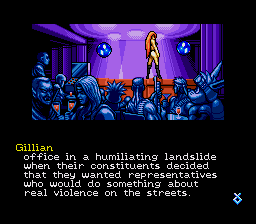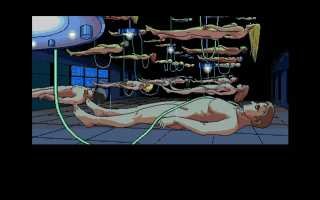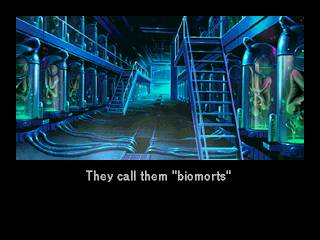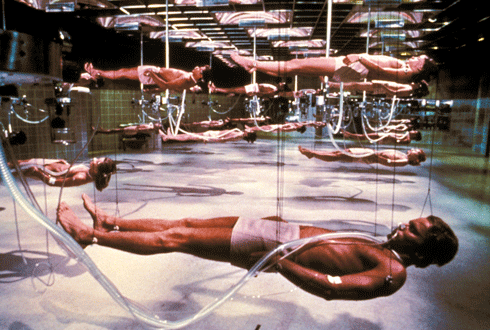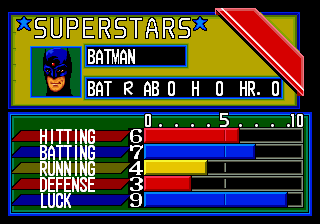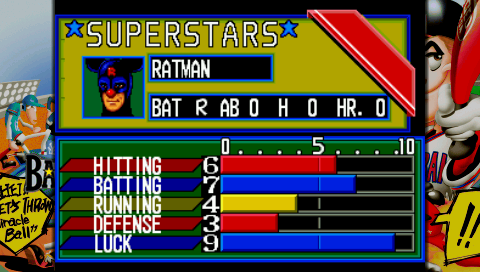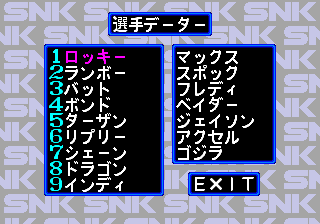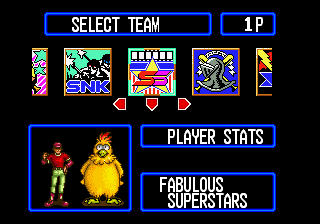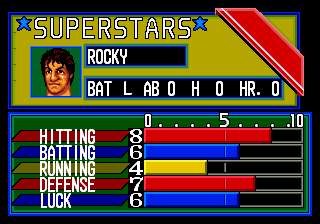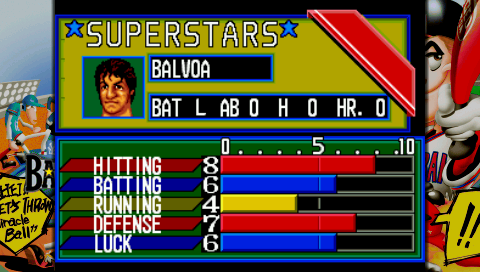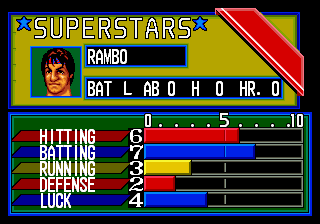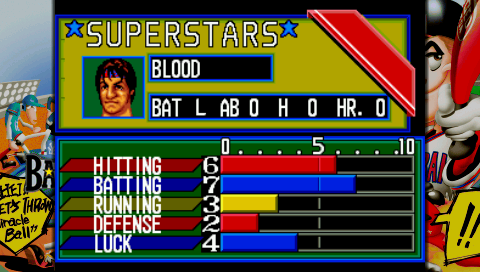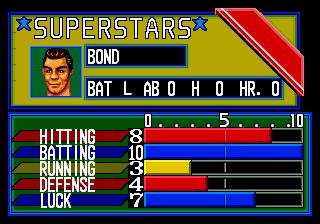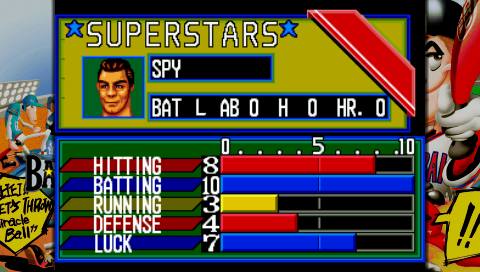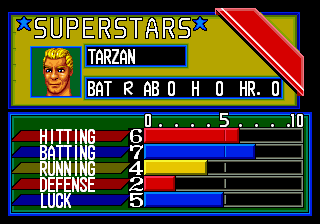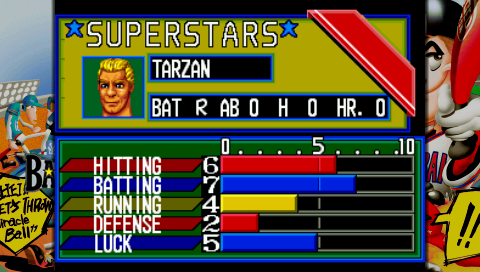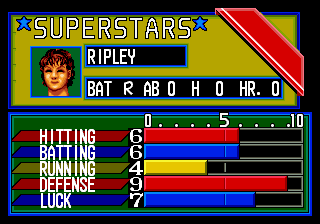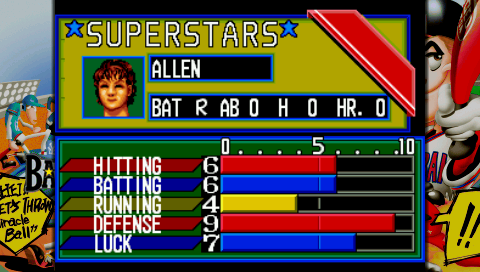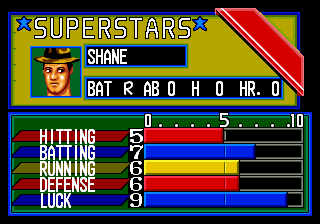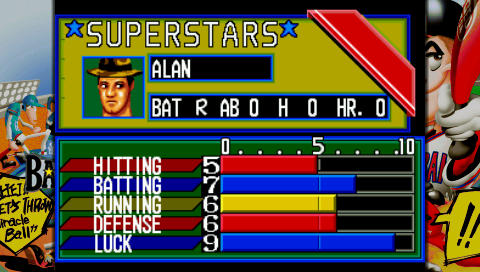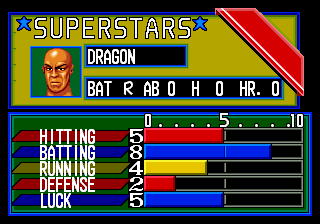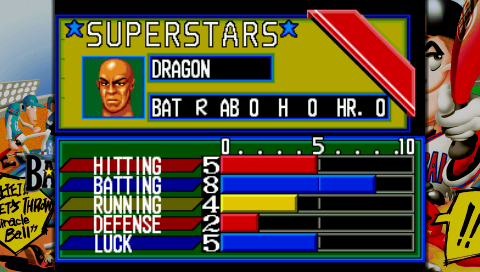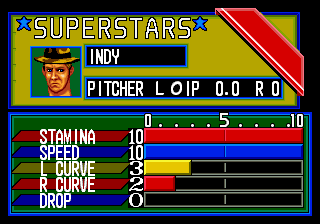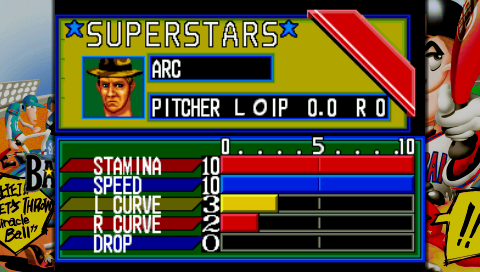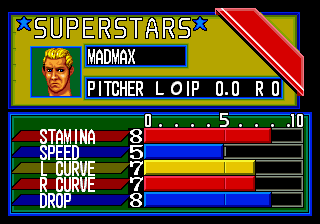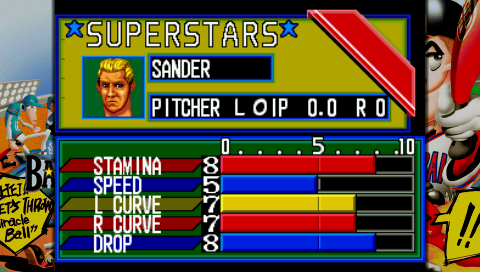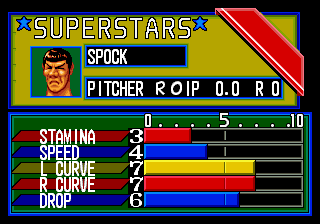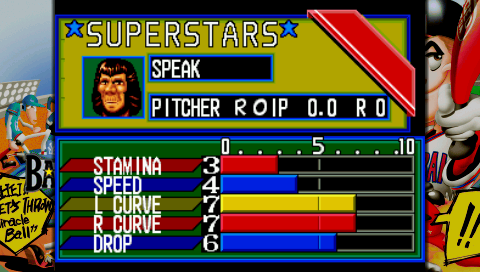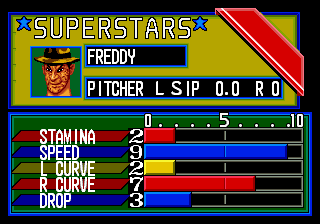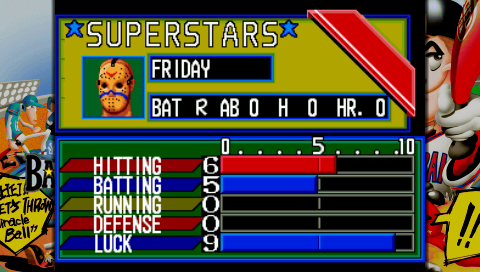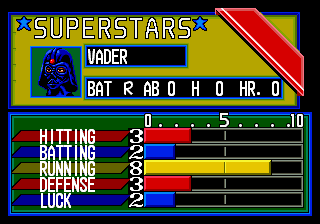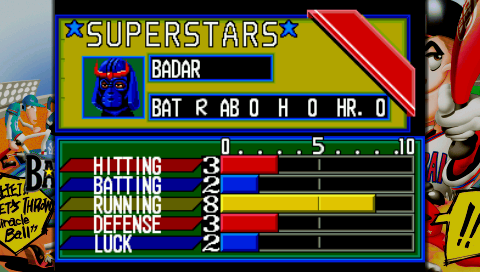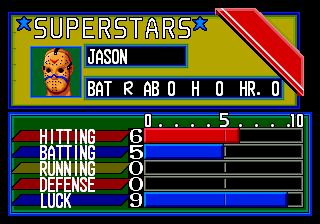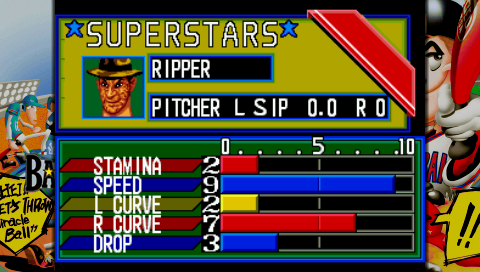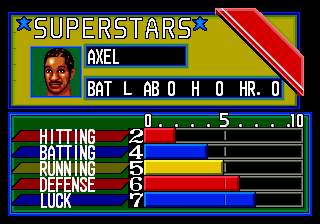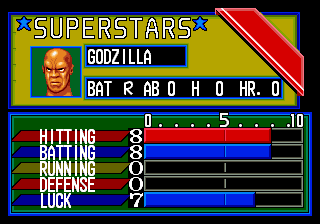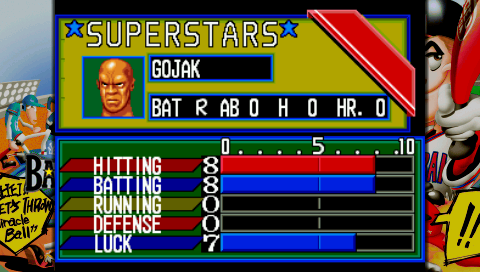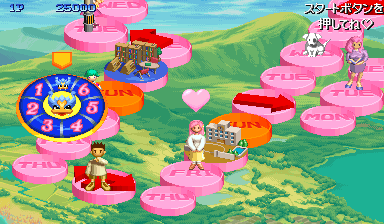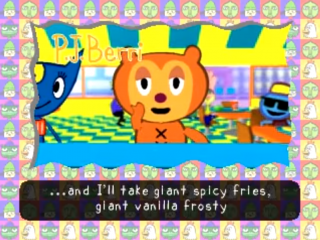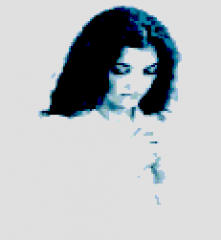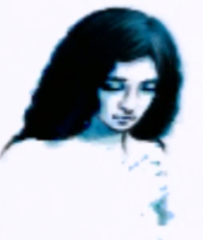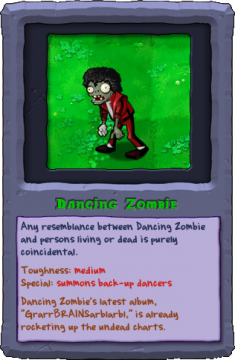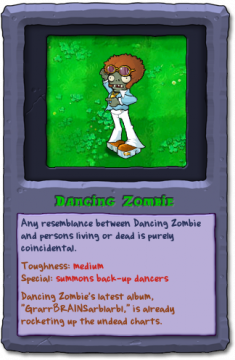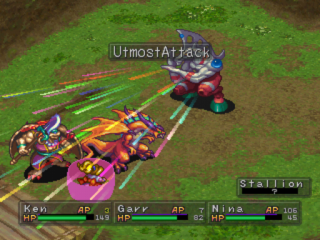Much of the video game industry was the Wild West during the 80s, particularly in Japan. Since it wasn’t regulated and no one in particular paid attention to it outside of computer fans and kids, developers often felt they could…ahem…re-appropriate certain copyrighted characters, visuals, or music for their games, without getting appropriate legal permission. Sometimes these were recognized shortly after publication and remedied. In other cases, this caused a problem for re-releases, especially in the more globalized era ushered in by the internet, because something was previously something under the radar was now greatly exposed to litigation.
This article covers a list of games that contain materials that could be considered infringing, and then altered for subsequent re-releases, either in later revisions or in ports down the line. Not every case here actually had legal action brought against them, or were even threatened – in some cases, it seemed like the publisher/developer realized there could be a potential problem and made the changes proactively. Additionally, there’s also a difference between strongly worded letters, cease-and-desists, and actual lawsuits – of all of these, the only one taken to court involved Sega and Super Monaco GP. In some cases, rights to certain character likenesses, or licenses for real life products, had simply expired, and needed to be replaced.
It’s also interesting to note that many games listed here are of Japanese origin. While certain cases like these can fall under the Fair Use law in the United States, where parodies are legally protected, Japan doesn’t really have the same protections, even though such examples are prevalent. Ultimately enforcement ends up being arbitrary, depending on how the copyright holder is feeling. (See how cranky SNK got when the manga Hi-Score Girl used images from their games.) There are a few cases of American games, though these were mostly cranky letters from various parties and they issued patches to change them to avoid any legal issues. These were probably protected under Fair Use, but no one really wants to spend the money to go to court and find out.
The Revenge of Shinobi
The Revenge of Shinobi is probably the most famous game for these type of changes, with numerous revisions. REV00 was only released in Japan and has enemies that resemble Rambo, Spider-Man, Batman and Godzilla. REV01 changes the Rambo enemy (by removing his bandana and making him bald), and Batman (by making him resemble the manga character Devilman). However, the Spider-Man enemy originally only looked kind of like the comic book character, but here he was redrawn to look exactly like him. The REV02 version included a copyright notice for Marvel, indicating that his appearance was official. This was done because Sega had the license for Spider-Man arcade and console games, so they decided to go for a bit of cross promotion. REV03, which appeared on compilations, changed the Godzilla boss by turning it into a dinosaur skeleton. The final revision, released on the Wii Virtual Console, changed the Spider-Man enemy’s color to pink, and changed the ninja on the title screen to less resemble Sonny Chiba. You can find details of these changes at The Cutting Room Floor.
Shinobi
The original Shinobi also ran into some changes – the Spider-Man enemies in Stage 1-2 were recolored, and all of the images of Andy Warhol’s Marilyn Monroe painting were removed.
Red Cross
In 2006, the Canadian Red Cross posted a public plea for video games (and other media) to stop misusing the Red Cross emblem in their games, as it’s a humanitarian symbol and not in the public domain. A number of re-releases of classic games had these symbols altered, including the medi-kits in the 360 releases of Doom, Doom II, and Wolfenstein 3D, and assorted Virtual Console games like Alien Storm and Phantasy Star II. It seems like this request has since been forgotten, as certain newer digital download versions of these games still use the Red Cross.
Xanadu
The original PC88 (and a few other versions) of the early Falcom RPG Xanadu has artwork of the shopkeepers that is literally traced from the manual of Ultima III. Some features were changed slightly but the poses revealed them as being stolen. As the story goes, Richard Garriott visited Japan to see about licensing some of Falcom’s games for American distribution, but when he found about the plagiarism, he was furious, and the deal fell through. Subsequent releases of Xanadu, including the Saturn version, have totally different art for the shopkeepers.
Jungle King
In 1982, Taito released Jungle King, starring a barechested loincloth-wearing man that was clearly meant to be Tarzan. The first stage has you slinging across vines, and there’s even a sound effect that mimics that famous Tarzan yell. Taito was sued by the estate of Edgar Rice Burroughs, and the character was replaced with a British explorer, who was named Sir Dudley in some of the home ports. The Tarzan yell was also removed, of course. Taito also released another version called Pirate Pete, which completely redid the visuals with a pirate theme but otherwise keeps the visuals the same.
Tokio / Scramble Formation
The draw of this 1986 Taito vertical shooter is that you flew over Tokyo landmarks, based on satellite maps of the time. In the original release, the final area is called “Amusement Park”, which is actually Tokyo Disneyland, including a recreation of Cinderella’s Castle. Someone must have gotten spooked, because all of the later revisions, including the MSX2 port, have this stage completely removed.
Space Quest (assorted)
Sierra games ran into all kinds of problems with their parodies, but the repeat offender was the Space Quest games. In the original release of the first Space Quest, there’s a robot dealer named “Droids R Us”. Apparently this was too close to comfort for the likes of toy retailer Toys R Us, so they sued and the name was changed to Droids B Us. Weirdly, in the VGA re-release, the name was kept to Droids B Us, but it also features a green alien that resembles Geoffrey the Giraffe, the Toys R Us mascot. The company must not have been paying attention at that point because this went unaddressed.
In the same area of the game, you enter an alien bar similar to the Mos Eisley cantina from Star Wars: A New Hope. Some of the singers in the original release were based on ZZ Top, but they also complained, so they were shrunk to resemble tiny aliens, making them basically unrecognizable.
Finally, in the shopping mall of Space Quest IV, there was a store called “Radio Shock”, a parody of the electronics store Radio Shack. They had no sense of humor and sued, so subsequent editions, along with the CD-ROM version, rename the store to “Hz. So Good”, which is frankly a much more clever name anyway.
Quest for Glory
When this adventure-RPG hybrid was first released, it was named Hero’s Quest. However, there were concerns that the game would be confused with the HeroQuest RPG/board game. So Sierra’s game was reissued as Quest for Glory, and kept the name for the remainder of the series.
There are a few other parodies that managed to fly under the radar. Earl the dinosaur (from the 90s ABC show Dinosaurs) will randomly appear in areas of the Quest for Glory I VGA remake. The Batmobile is also hidden in Kings Quest II. There’s a whole room in Space Quest IV that was devoted to many of these parodies that got Sierra in trouble, though the room itself is inaccessible without hacking the game files.
OutRun
The car in the 1987 Sega racing game OutRun sure looks like a Ferrari, doesn’t it? Thought it was kept for many ports, Sega eventually felt it was a little too close for comfort, so for the Dreamcast release as part of the Yu Suzuki Game Works collection, it was changes slightly. The version of OutRun hidden in the Xbox version of OutRun 2 uses the same car sprite as the original arcade version, but the 2014 3DS port uses the same altered sprite as the Dreamcast version. All version of OutRun 2 were officially licensed by Ferrari, which accounts for the reason they had to be removed from digital distribution platforms when their license expired.
Mike Tyson’s Punch-Out
A pretty straightforward and well-known example. Mike Tyson was the proverbial king of the ring in 1987, when Nintendo published Mike Tyson’s Punch-Out!! Three years later though, the license had expired, and Nintendo had no interest in renewing. So, for the 1990 re-release titled Punch-Out!!, they just changed Mike Tyson, who was originally the game’s final boss, into an original character named Mr. Dream. This ended up being for the best, especially as Tyson was later accused (and convicted) of rape.
Wizardy
Early copies of the first Wizardry were finally sold at the 1981 Applefest (June 6-7, and thus vaguely at the same time as the commercial release of Ultima) with the subtitle Dungeons of Despair. It’s easy to imagine how Gary Gygax and TSR wouldn’t have taken too kindly to the double-D moniker, and indeed the father of modern fantasy role-playing games contacted Sir-Tech about his legal concerns, but no actual litigation ever took place. At any rate, the title went, the game stayed. After many further tweaks resulting from feedback of Dungeons of Despair customers, Proving Grounds of the Mad Overlord was released late in September 1981. There’s a chance they were planning to use another title for the full game anyway, but at least there was some concern there. Proving Grounds of the Mad Overlord is a much more unique subtitle, but not quite as catchy.
Mystaria: The Realms of Lore / Blazing Heroes
Known in Japan as Riglord Saga, this Saturn RPG from Sega was originally released under the name Mystaria: The Realms of Lore. However, there were concerns from TSR that the title was too close to the Mystara campaign setting from Dungeons and Dragons. While Sega was allowed to continue to sell the initial run, subsequent printings of the game changed the title to Blazing Heroes.
Duke Nukem
This is actually a weird reverse case. The developers of the Apogee IBM PC action series wanted to name the character (and their game) Duke Nukem. However, the cartoon Captain Planet and the Planeteers also had a character named Duke Nukem, so to avoid confusion before the game was released, they changed the spelling of their character to Duke Nukum. However, they were eventually able to secure the rights to the name, and so in subsequent patches and releases (and in subsequent games) it was changed to Duke Nukem like they originally wanted.
The King of Fighters 2001/2002
In The King of Fighters 2001, largely developed by Korean company Eolith, a new character named K9999 is clearly based off Tetsuo from Katsuhiro Otomo’s anime/manga Akira, right down the torn red cape and even using the same voice actor, Nozomu Sasaki. The character also appeared in The King of Fighters 2002.
After SNK Playmore formed and they regained control of the series, they must have felt uncomfortable with a character that was such a huge ripoff. So, for The King of Fighters 2002 Unlimited Match remake, they replaced K9999 with Nameless, who uses the same basic moves but looks and sounds completely differently. According the series’ canon, they also appear to have retroactively removed K9999 from the timeline. It appears that there was no legal action though, since SNK Playmore have still redistributed the original The King of Fighters 2001/2002 with K9999 present.
Super Monaco GP
Historically, the most interesting thing about Super Monaco GP is the lawsuit it attracted. Many other Sega racing games (and Japanese media in general) like to feature “off-brand” advertisements that look like real products, but have slightly different names or are intentionally misspelled. In the case of Super Monaco GP, one of these was for Marlboro, which appeared in the game using the same red and white color scheme, but spelled “Marlbobo”. It was also featured on the title screen – technically, the letters are covered so you can’t make out the full logo, but it’s pretty obvious what it was.
During the late 1980s, there was significant criticism over the use of cigarette advertisements potentially targeting children. The result was regulation over where cigarette companies could be advertised, as well as the retirement of Joe Camel, the cartoon-like mascot for Camel cigarettes. Some advocacy groups noticed the Marlboro-like logos in Super Monaco GP, which in turn alerted Phillip Morris, owner of the Marlboro brand, to Sega’s game. With the federal government already breathing down their necks, they didn’t appreciate being featured in an arcade game, which were seen as being marketed toward kids. They filed a copyright infringement lawsuit, which resulted in Sega distributing updated ROMs for arcade owners which removed the infringing logos. Beyond changing the title screen, many other logos that bore resemblance to real products, including Pirelli tires and Foster’s beer, were also removed, probably just to be on the safe side. The banners were subsequently changed to advertise Flicky, referencing one of Sega’s other arcade games. However, for the other logos, it seems like Sega just changed some color palettes, and traces of the old designs can still be seen if you look closely enough.
Incidentally, the somewhat flagrant disregard for intellectual property didn’t just extend to advertisements. The women used in the attract sequence and “Did Not Qualify” screen are actually Playboy models Mercy Rooney (Miss 1972) and Claire Rambeau (Miss October 1971). They simply took some poses from the magazine, traced them over, and added some swimsuits.
Gunblade NY
The arcade version of this Sega gallery shooter has billboards which of many popular products and companies (you can see one for JVC off to the side in the above screenshot). For the Wii re-release, these were changed, many featuring advertisements for other Sega titles like Sonic and the Black Knight or are parodies of real products, with logos that look nothing like their original versions.
Bionic Commando
The initial release of the 2009 3D Bionic Commando had billboards advertising Nvidia products, as well as Coca Cola. In subsequent patches, these were removed and replaced with other Capcom properties, like the Servbots from Mega Man Legends, or otherwise turned into generic properties.
Mega Man Legends
The original Japanese version of Mega Man Legends featured Oronamin-C, a real vitamin drink in Japan, as well as a building based on the Yoyogi Animation Gakuin, a school in Japan. One of the NPCs even wears its mascot and gives an actual phone number for the school. For the localized English version, the text for the energy drink, the building, and the NPC were changed to remove their association, however the images still remain. All of these were removed from the subsequent Japanese versions, including the N64 and PSP ports.
It was speculated that there were concerns with these images for a PSN re-release of the PS1 version, even though the references had already been removed. Capcom must have obtained the proper clearance though, as they released the game unedited (they are actually not allowed to make any changes to PS1 games) in 2015. More info can be found at Rockman Corner.
Metal Gear 2
The portraits for all of the characters in the original MSX2 version are based on real people, primarily Hollywood actors – Mel Gibson as Solid Snake, Richard Crenna as Roy Campbell, and others. The mobile phone remakes, which were used as a basis for the modern ports featured on the PS2, PS3, and Vita, as well as the Wii Virtual Console port, changed the portraits to more closely resemble Yoji Shinkawa’s art from the later Metal Gear Solid games. As usual, all of these changes can be seen at The Cutting Room Floor.
Snatcher
In the computer and PC Engine versions of Konami’s cyberpunk graphic adventure, you visit a costume bar called Outer Heaven, which features patrons dressed as various characters from sci-fi and manga, including Cornelius from Planet of the Apes and Kamen Rider. For the Sega CD and Japanese PS1/Saturn ports, these were changed to various Konami characters, like Simon and Dracula from Castlevania, and Sparkster from Rocket Knight Adventures.
Policenauts
Hey, it’s another Kojima game! Policenauts is basically Lethal Weapon in space, though that wasn’t really a problem. Rather, this one scene from the PC9821 version looks a little too much like a shot from the movie Coma, so it was replaced in the console versions. Or potentially, there was just too much nudity (enough though there’s no detail), so the bodies were placed in the capsules when it was redrawn. It’s hard to say!
Baseball Stars Professional
This Neo Geo baseball game has a team filled with parodies of famous movie stars. Some of the names and designs were perhaps a little too close for comfort, so for the PSP Neo Geo Station re-release, some of the portraits and names were changed, often with hilarious results. Rocky becomes Balvoa (misspelling of Balboa, Rambo becomes Blood, Batman becomes Ratman, Ripley becomes Allen (instead of Ellen), Indy become Arc (of the Covenant), and so forth. Eddie Murphy’s Axel from Beverly Hills Cop becoming Brake is one of the most amusing name changes here.
Tengai Makyou II
The PC Engine version of Tengai Makyou II originally had a graveyard featuring tombstones that had names that were parodies of other video game characters. (This was a running joke among some RPG developers at the time.) For the game’s numerous remakes and ports (for the GC/PS2, then later for the DS and PSP), these were all changed.
Monkey Island
In the original disk versions of The Secret of Monkey Island, Guybrush remarks that one of the statues in the Voodoo Lady’s shop looks like “an emaciated Charles Atlas”. Apparently the (deceased) bodybuilder’s estate wasn’t too happy with this, so subsequent releases changed this line.
Quiz Nanairo Dreams
In the arcade version of Capcom’s board game/dating sim Quiz Nanairo Dreams, all of the girl’s last names are based off of candy manufactures. Most of these are unknown in the West (“Charlotte” = “Lotte“, for example), except for the Dark Lord Godiva. To avoid legal issues, all of the characters were renamed in the home releases.
Parappa the Rapper
In the opening to the PlayStation and PSP versions of Parappa the Rapper, one of the characters, PJ Berri, orders a giant vanilla frosty. In the PS4 port, the “frosty” part is blanked out. It’s missing from the text, plus they didn’t even bother to redub the dialogue to fill in the word. So he just says “giant vanilla *BLANK SPACE*” when they should’ve replaced it with a word like “shake”. It seems like “frosty” is actually trademarked by Wendy’s, as seen in this 2013 case where the fast food chain accused United Dairy Farmers of appropriating its terminology.
Splatterhouse 3
The 2010 HD reboot of Splatterhouse included the original arcade/Genesis games as unlockables. The original version of Splatterhouse 3 used digitized stills for the cutscenes, however, in the re-release, these were all adapted into illustrations. It’s believed this is because Namco no longer owned the rights to use the actors’ images, so they needed to be replaced.
Plants vs. Zombies
In the original release of Plants vs. Zombies, the Dancing Zombie enemy was based on Michael Jackson from the “Thriller” music video. Jackson’s estate complained, and so it was changed to a more generic looking disco zombie.
Breath of Fire III
In this Capcom RPG, two characters, Balio and Sunder, combine into a new form called Stallion, which is based off Ultraman. They must’ve gotten scared for the PSP release, which changes the “UtmostAttack” move into “Vortex Wave”, and changes his color scheme as well.
Music License Issues
Michael Jackson’s Moonwalker
This Genesis game includes chiptune versions of assorted Michael Jackson songs. The original release used a part of “Thriller” in one of the dance move attacks in a few stages, but this was replaced in later versions with “Another Part of Me”. This is speculated to have been changed because Michael Jackson didn’t have a songwriting credit for it, so it shouldn’t have been used in the first place. In fact, an early prototype uses a longer version of “Thriller” as an entire level theme, though this was changed for the final release.
Sonic Spinball
The very first release of Sonic Spinball used the title screen music from the original Sonic the Hedgehog in a few spots, for the title screen and the Game Over music. However, Sega didn’t actually own the rights for most of their music, which instead belonged to Masato Nakamura, of the Japanese band Dreams Come True. This forced composer Howard Drossin to rush together a new piece of music in an extremely short of amount of time to replace it. You can hear these at The Cutting Room Floor.
Pengo
The original version of the 1982 Sega/Coreland arcade game Pengo used a simple version of the song “Popcorn” as its theme. Subsequent arcade versions released outside of Japan replaced it with an original song. For the Game Gear port, for the Japanese version it uses both “Popcorn” and another original song, while all of the overseas versions just use the new song.
Rainbow Islands
Taito’s Bubble Bobble spinoff Rainbow Islands originally had theme music that sounded a lot like “Over the Rainbow” from The Wizard of Oz. Many of the Japanese console and European computer versions keep this track, however, many others, including the American console ports and the Taito Legends PS2/Xbox/PC releases, replace this with an original theme.
Parodius (assorted)
Konami’s Parodius series of shoot-em-ups has a tradition of using public domain classical music as its soundtrack. Except for when it came to re-releasing them on the PSP in 2006, they realized that some of the songs weren’t technically in the public domain after all, and changed them. This included: changing Aram Khachaturian’s “The Sabre Dance” to “Hungarian Dance No. 5” by Johannes Brahms in Parodius Da, Joe Garland’s “In the Mood” to “Turkey in the Straw”, and Damaso Perez Prado ‘s “Mambo No. 5” with Leon Jessel’s “The Parade of the Wooden Soldiers” in Gokujou Parodius, and K.C. and the Sunshine Band ‘s “That’s the Way (I Like it)” with “Brilliant 2U”, a theme from Konami’s rhythm game series, in Jikkyou Oshaberi Parodius. Also, the race track theme was originally based on T-Square’s “TRUTH”, the theme music to the Fuji Television’s Formula One coverage. They also rearranged the first level theme of Sexy Parodius since the opening moments of the song used a melody from the Gontiti song “Hokkaido wa Doko ni aru? Koko ni aru!”.
Bomb Jack
The original arcade version of this Tehkan (later Tecmo) action game licensed some popular music, including Lady Madonna by the Beatles, as well as the ending theme from the anime Spoon Obasan (AKA Mrs. Pepperpot). However, when it came to porting the game to the Famicom, the developers created their own original score. The re-releases of the arcade version removed the licensed music, since it had either expired or did not apply to anything outside of the original arcade release.
Music Plagiarism
There happens to be quite a lot of plagiarism (intentional or otherwise) when it comes to video game music – we have a huge forum thread about it and there’s a pretty good video by the Game Sack fellows.. In most cases, nobody really cares, but in a few cases lawsuits have been filed, or otherwise the publisher felt it would be wise to change or omit the songs.
Metal Gear Solid
The most well-known case is the Metal Gear Solid theme song. Composed by a Konami musician named Tappi Iwase, this sounds a lot like “Winter Road” by Russian composer Georgy Sviridov. Starting with Metal Gear Solid 3, a new theme song was featured for the series, and the old one was phased out (though it still appears in a few spots, like the end credits of MGS3). However, the subsequent re-releases of Metal Gear Solid (and MGS2, where it’s also featured) still keep the song. It seems more like it was a conscious attempt to distance the serues away from the similarities, admitting that the song sounded awfully similar while not actually deeming it plagiarism.
Ys IV
One of the songs in Ys IV, the boss theme “A Great Ordeal”, is almost exactly like Yngwie Malmsteen’s “Far Beyond the Sun”. This track has been omitted from the digital releases of the old soundtrack CDs, and was not chosen for re-arrangement for the Vita remake, Memories of Celceta (though then again, a lot of music was missing from that version).
